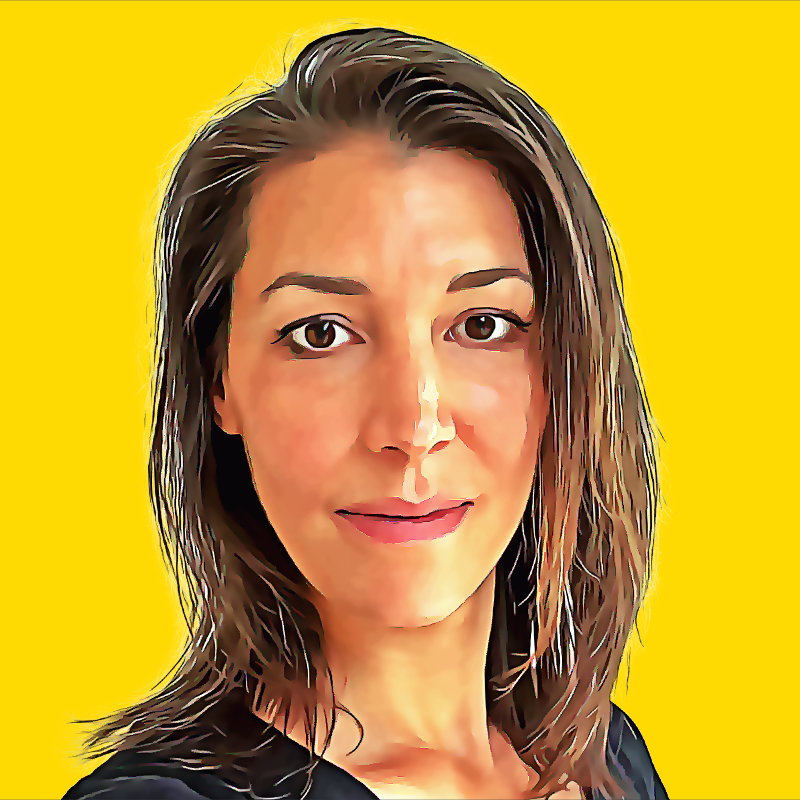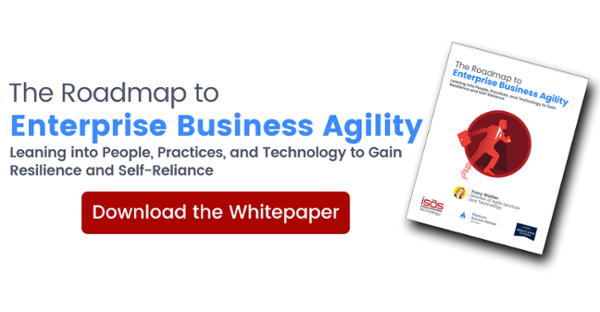 Last week, 1,500 people from across the world came to Nashville, TN, to meet in person (many for the first time since the start of the pandemic) to learn, connect, and innovate on the state of agile at Agile2022. What makes this conference great is the serendipitous interactions with people you may not have had the opportunity to meet otherwise. There was a diversity of faces and voices from all over the world and various positions within their organizations. Generally, I expect to see the traditional scrum team titles, but there were many other titles too this year, which showed how much these ideas are spreading and being adopted. I had the pleasure of connecting with Developers, Coaches, Engineers, Teachers, University Personnel, Business Analysts, Scrum Masters, Leadership Consultants, Vice Presidents, Sales Reps, CEOs, Product Owners, Team Leads, and more. I was also fortunate to meet people from around the world: the U.S., South America, Africa, Asia, Australia, and Europe. This diverse mix of individuals and experiences with a common interest in agile is what I believe led to my three most valuable takeaways from the conference: Creating Empathy, Community Encouragement and Support, and the Space to Be Curious.
Last week, 1,500 people from across the world came to Nashville, TN, to meet in person (many for the first time since the start of the pandemic) to learn, connect, and innovate on the state of agile at Agile2022. What makes this conference great is the serendipitous interactions with people you may not have had the opportunity to meet otherwise. There was a diversity of faces and voices from all over the world and various positions within their organizations. Generally, I expect to see the traditional scrum team titles, but there were many other titles too this year, which showed how much these ideas are spreading and being adopted. I had the pleasure of connecting with Developers, Coaches, Engineers, Teachers, University Personnel, Business Analysts, Scrum Masters, Leadership Consultants, Vice Presidents, Sales Reps, CEOs, Product Owners, Team Leads, and more. I was also fortunate to meet people from around the world: the U.S., South America, Africa, Asia, Australia, and Europe. This diverse mix of individuals and experiences with a common interest in agile is what I believe led to my three most valuable takeaways from the conference: Creating Empathy, Community Encouragement and Support, and the Space to Be Curious.
Creating Empathy
The main theme throughout the conference was "creating empathy." We often think that the issues we face in an organization are the tools or the processes, but we often forget a major component - the people. When we focus only on the tools and processes, we tend to address the symptoms of our problems. As a result, teams and organizations have trouble reaching their full potential.
By focusing on the people and explicitly targeting our focus on creating empathy for those we work with, teams and organizations are more likely to thrive. I bet we have all worked in an organization and thought of a team member as ineffective, lazy, or some other label. But how often do we critically think about why we believe that and investigate why that person acts the way they do? The greatest examples of empathy creation I witnessed across the conference included:
- Kelsey Hightower's keynote Engineering with Empathy focused on empathy for everyone in the organization. He effectively expressed his belief that technology and empathy can change human behavior and provided a personal anecdote: Early in the days of the internet, he arrived to install DSL in a customer's home who clearly did not have high opinions of him. Instead of being upset or negative, Kelsey thought about why the customer was behaving that way and then seized this opportunity to change his opinion by showcasing his technical skills and improving operations for the customer. This visibly shifted the customer's attitude toward Kelsey to a place of respect, and further empowered Kelsey to remember that interaction, create empathy in his workplace, and thrive in the technology space.
- Middle managers are frozen not because they want to actively kill progress, but likely due to the complex pressures they face from the teams they manage, their peers, and their executive leadership.
- Understanding the differences between equality and equity, and how we can be continuously aware of these to make better decisions internally and externally.
- Understanding your audience and speaking the language they understand - when speaking with leadership, this is more likely money and results, not sprints and retrospectives.
Community Encouragement and Support
One of the greatest outcomes of this conference was the encouragement and support provided to each other. As everyone mixed and mingled in the workshops, halls, over lunch, or at the receptions, I constantly witnessed person after person sharing encouragement and showing support for their fellow conference-goers. Some of the conversations I overheard or participated in included:
- Our Director of Agile Services, Tracy Walton, met Nicole Safley at one of the sessions and encouraged her to write a book - which she has already started!
- Participating in the 1:1 coaching advice session, I practiced my listening skills and asked powerful questions of a Systems Architect who wanted to shift from Waterfall to Agile architecture support for products, resulting in actionable ideas, and excitement about making progress toward his goal.
- The beginnings of organizing a Coaching Camp ahead of AgileDC 2022 after hearing how valuable and successful the Agile2022 Coaching Camp was.
- The openness and vulnerability of others to be reflective and curious about their own biases, and support others in their quest for understanding when it comes to diversity, inclusion, and equity.
- A Lean Coffee where a coach shared her frustrations with middle management not moving fast enough, only to realize through our conversations that the main reasons behind the stall were misaligned priorities at the organizational level and a CEO missing in action. They needed the CEO to outline the vision for the company and communicate fundamental information like "Why this specific change?" "Why right now?" and "What is expected of me?"
- In response to a moving panel discussion on leveraging agile for sustainability, during the conference retrospective, we identified the need for more environmental sustainability for the conference itself, resulting in immediate action and support to appoint a Sustainability Chair for 2023.
The Space to Be Curious
We are all victims of working too much, not taking all of our vacation days, and saying "yes" too often. I've seen it too many times where we forget the principles which support this space for curiosity, which ultimately leads us to innovation and a state of happiness in our work:
- The most effective form of communication is face-to-face.
- Work at a sustainable pace, indefinitely.
- At regular intervals, reflect on how to become more effective, then tune and adjust accordingly.
Taking the time away from a traditional office space, heads down at a computer all day, focusing on the task at hand, and meeting the sprint goals, is highly valuable. I've come into too many organizations where they have implemented a process, but often fail to leave enough room for innovation, personal or professional growth, or even reflection on what is working, what isn't, and how to fix it. This conference was a break for all of us, where we could meet with people we may never have met, reconnect with teachers, training mates, and old colleagues, and take the space to talk shop (which we always end up doing!). The event allowed us to have fun generating new ideas and gaining valuable insights that we can all bring back to our organizations to meet our organizational or professional goals.
Conclusion
As agilists, we tend to look at the positive, and want to improve, help, and develop purpose, and that is oh so evident in the folks I met and even reconnected with this week. Over the course of the week, I met hundreds of amazing people who will be my friends and colleagues for life. I am forever grateful for this organization and the people in this community for the fulfillment and opportunities it has provided me. I hope you learned something as well from this very short and non-comprehensive recap, and I hope to see you in Orlando next summer for Agile2023!
Sign up to receive more great content
Learn more about Atlassian and how Isos can help by signing up to receive our latest blogs, eBooks, whitepapers and more.














